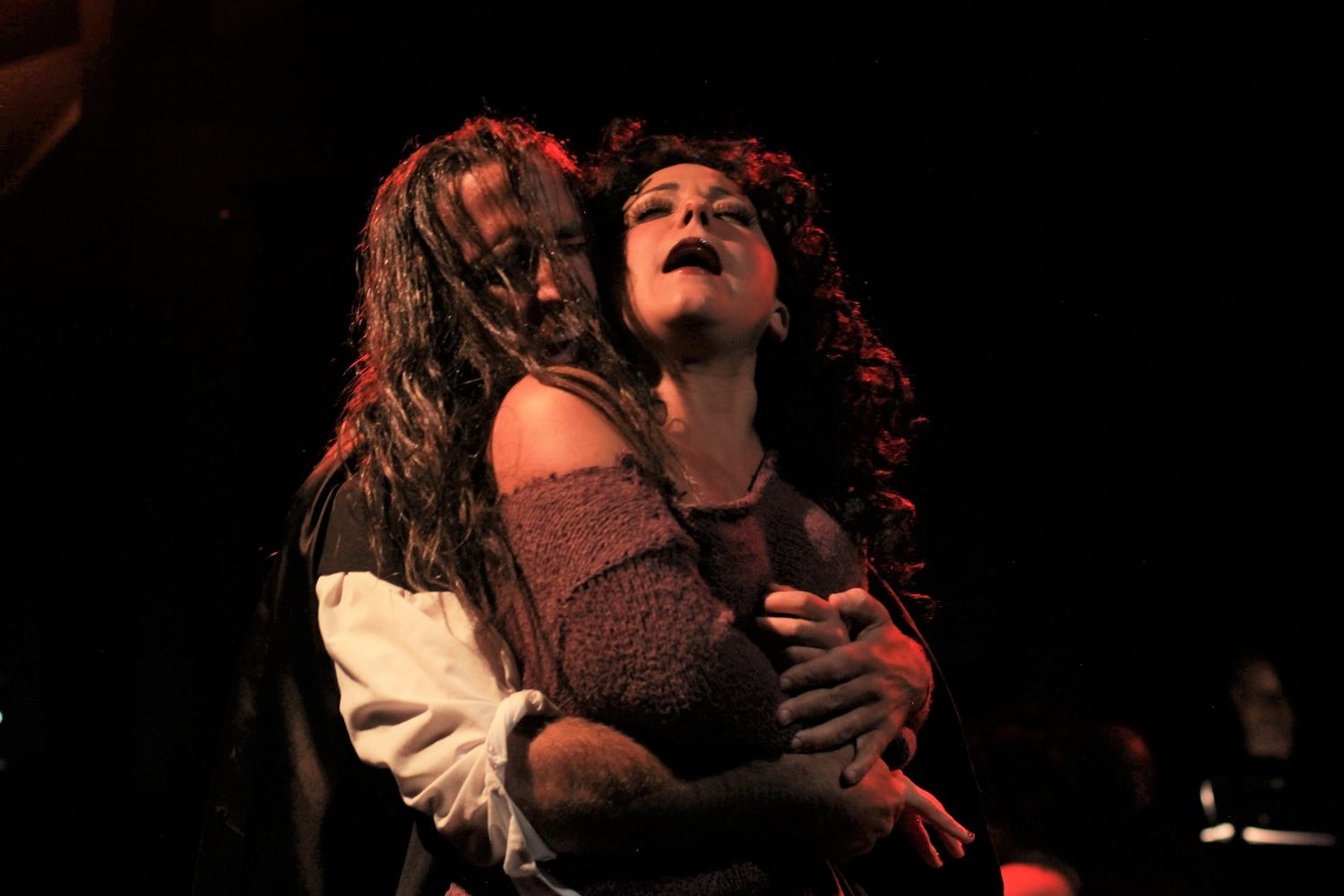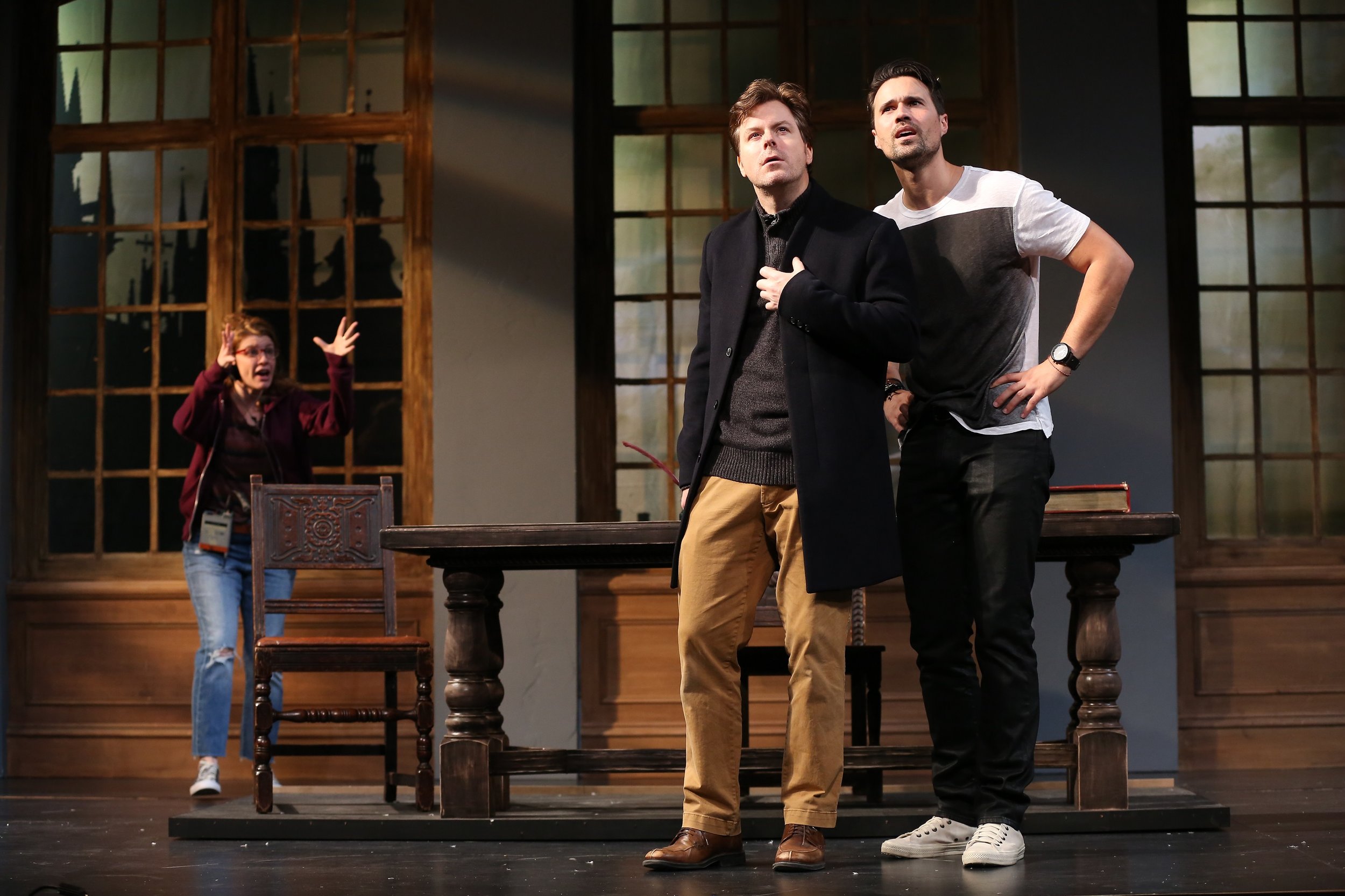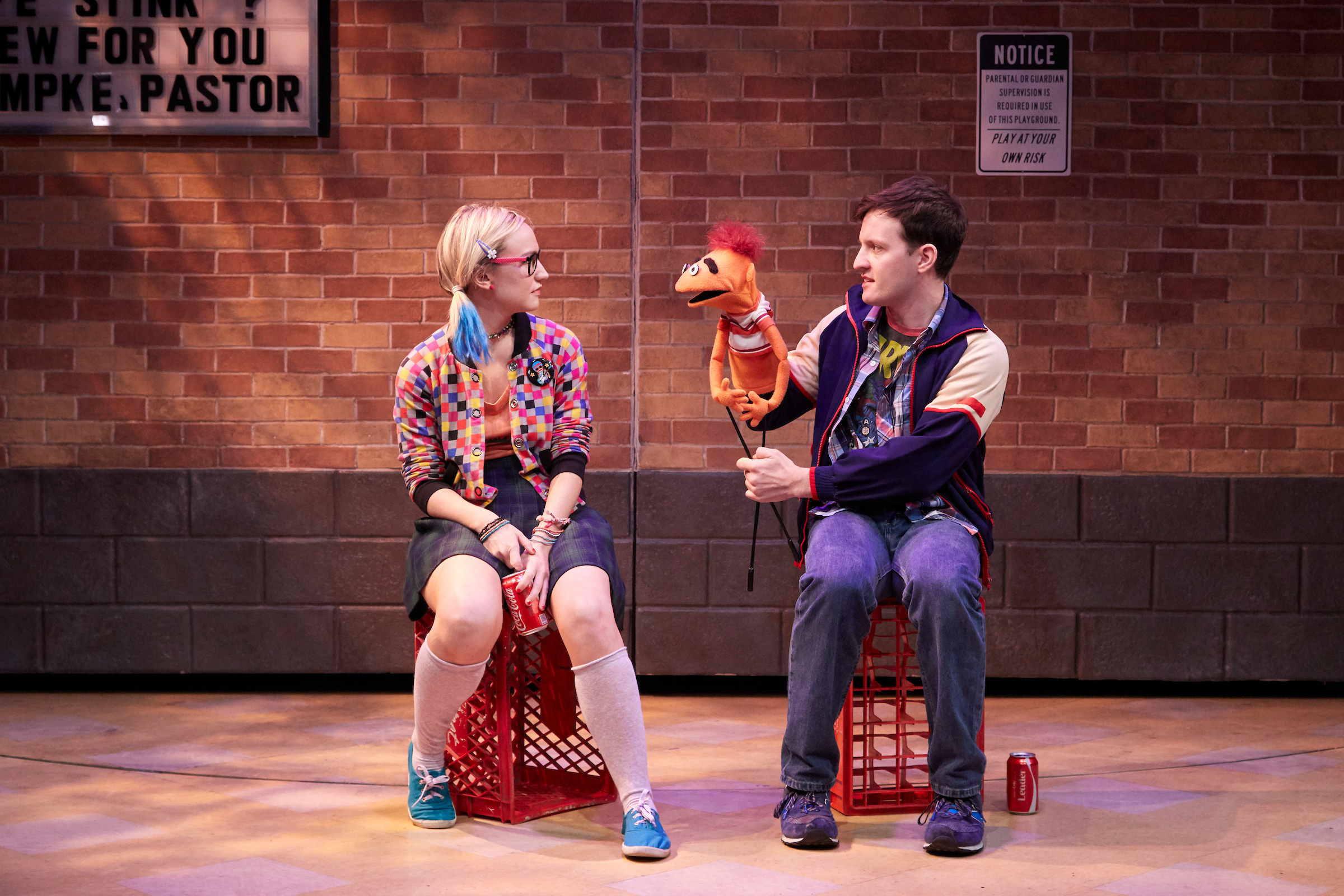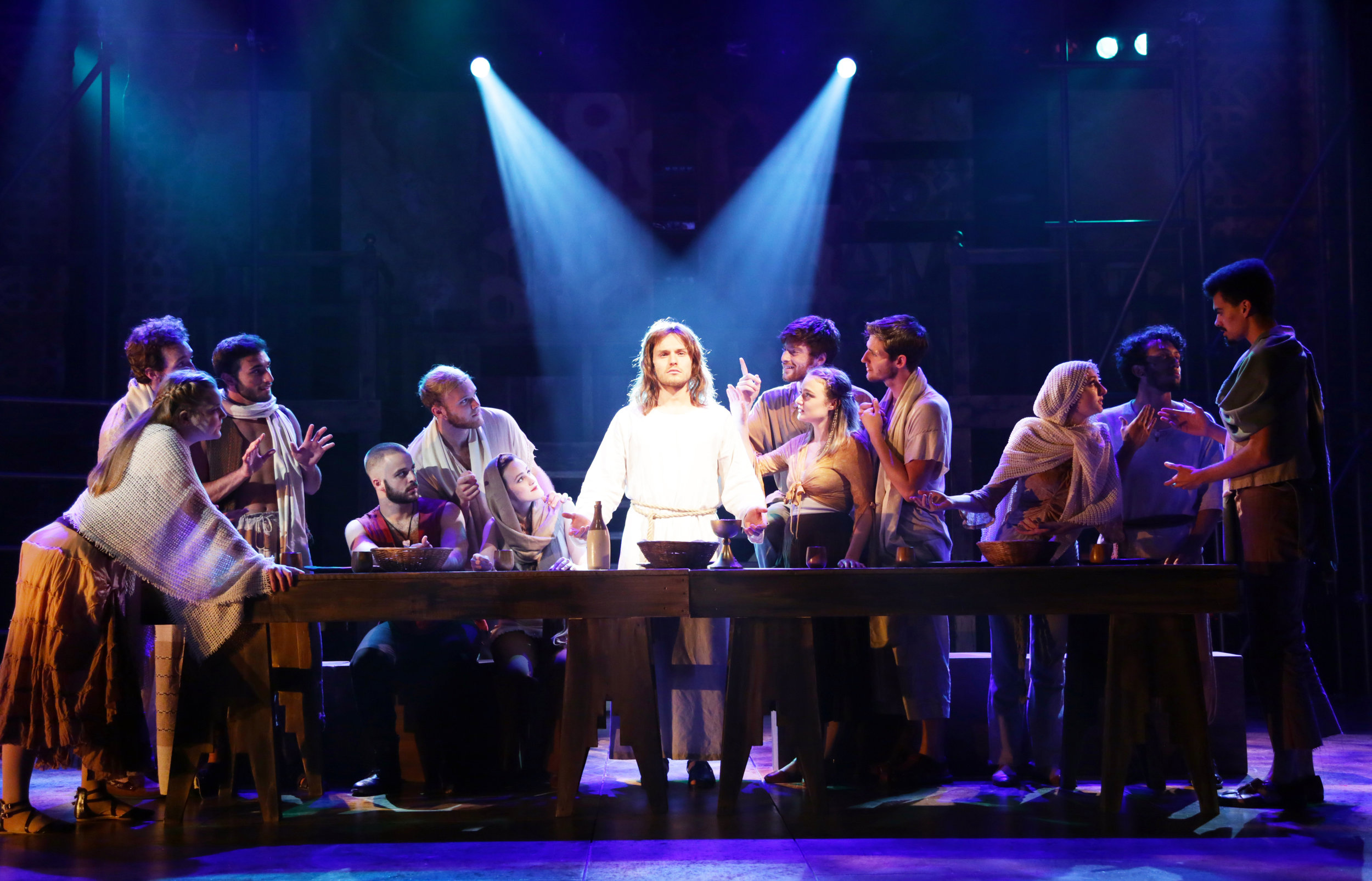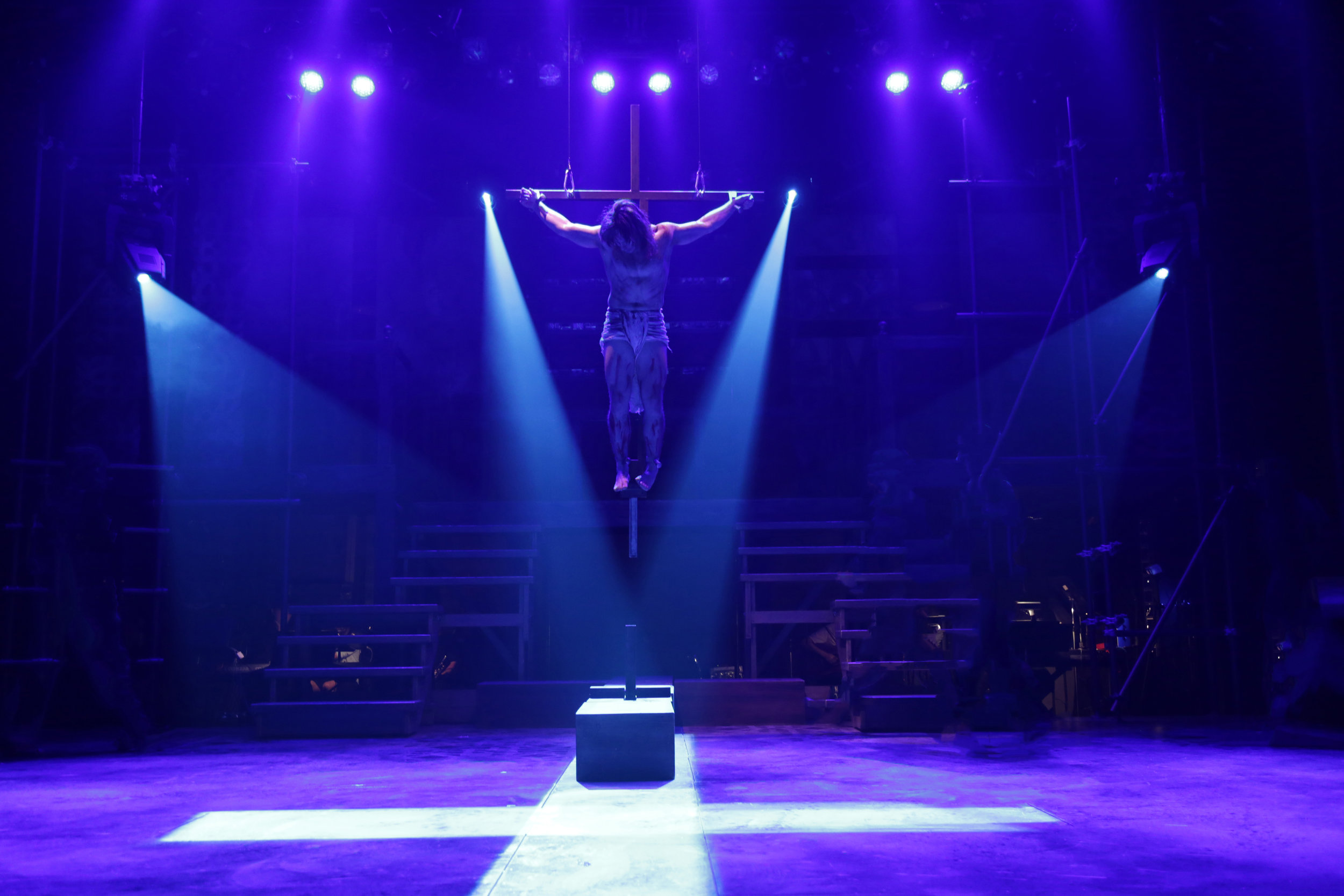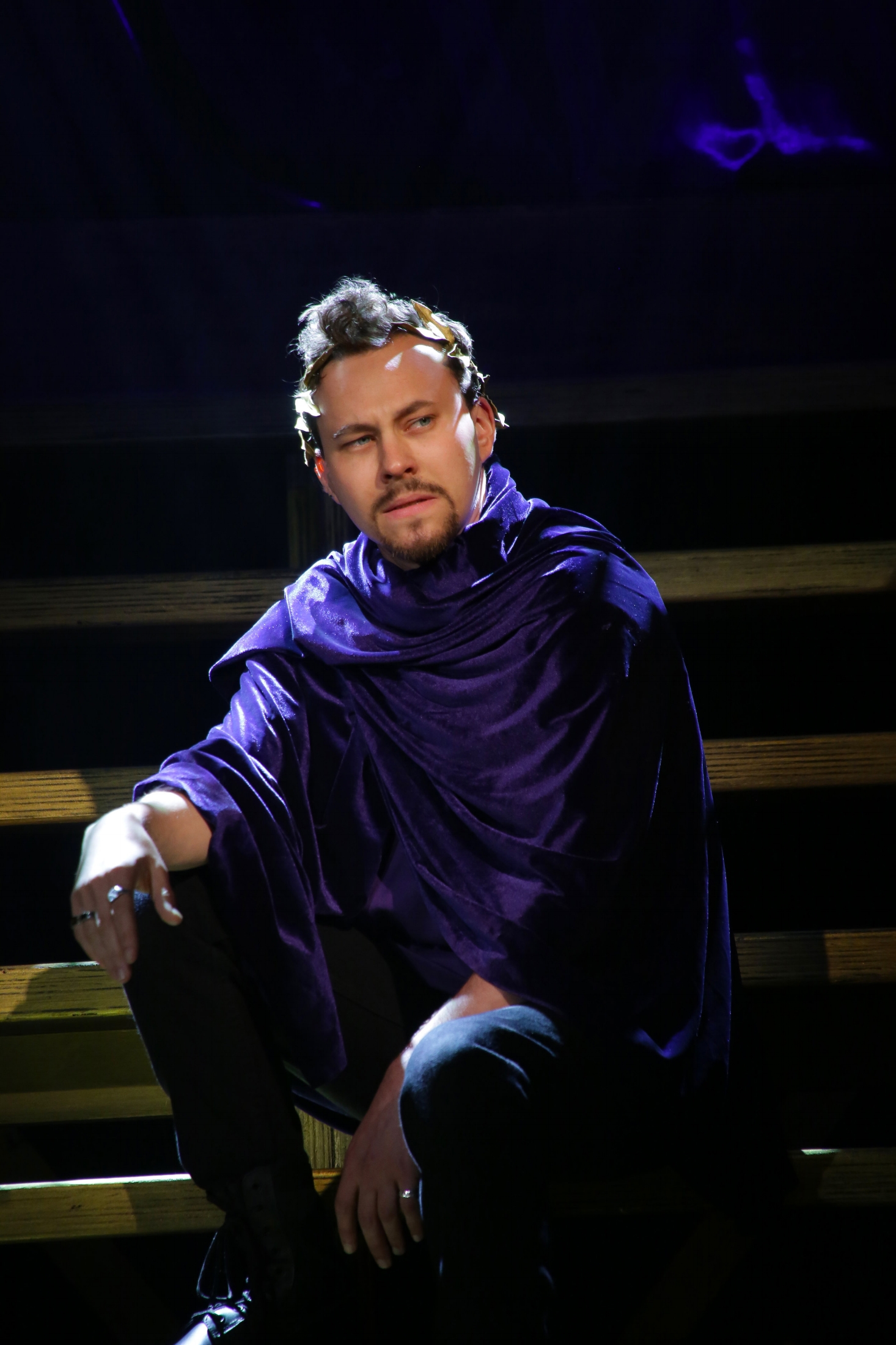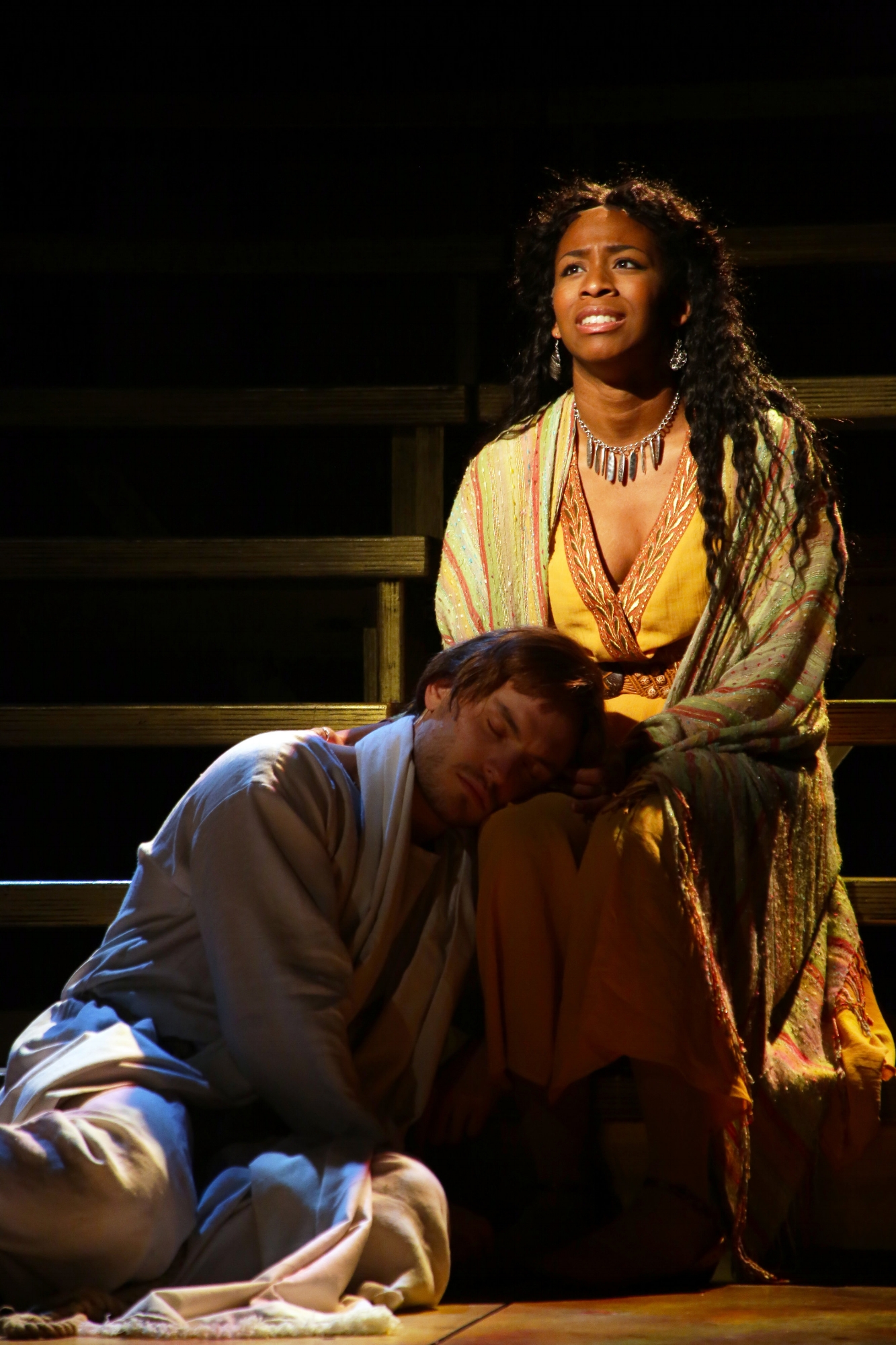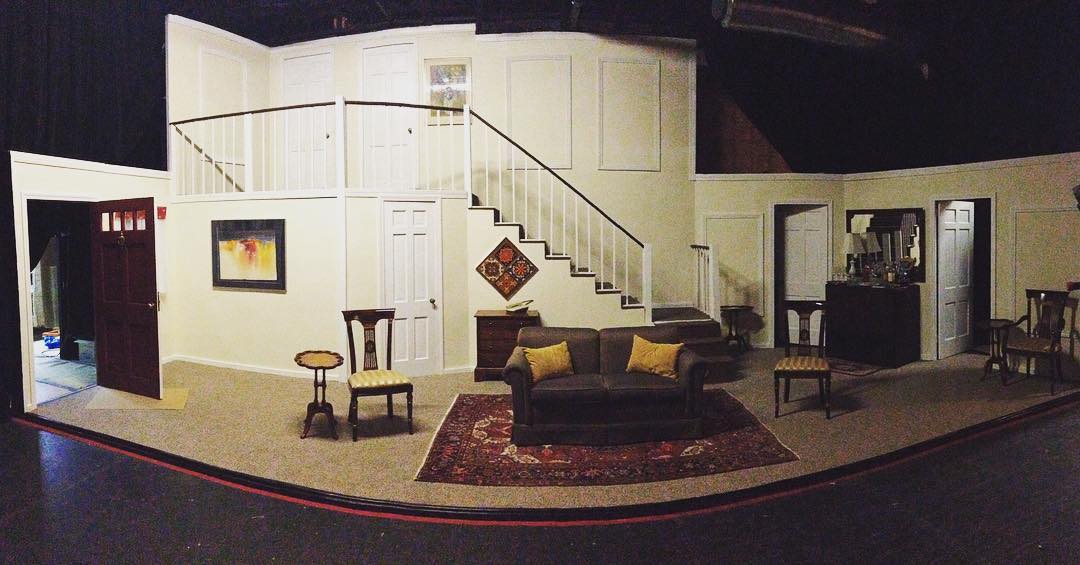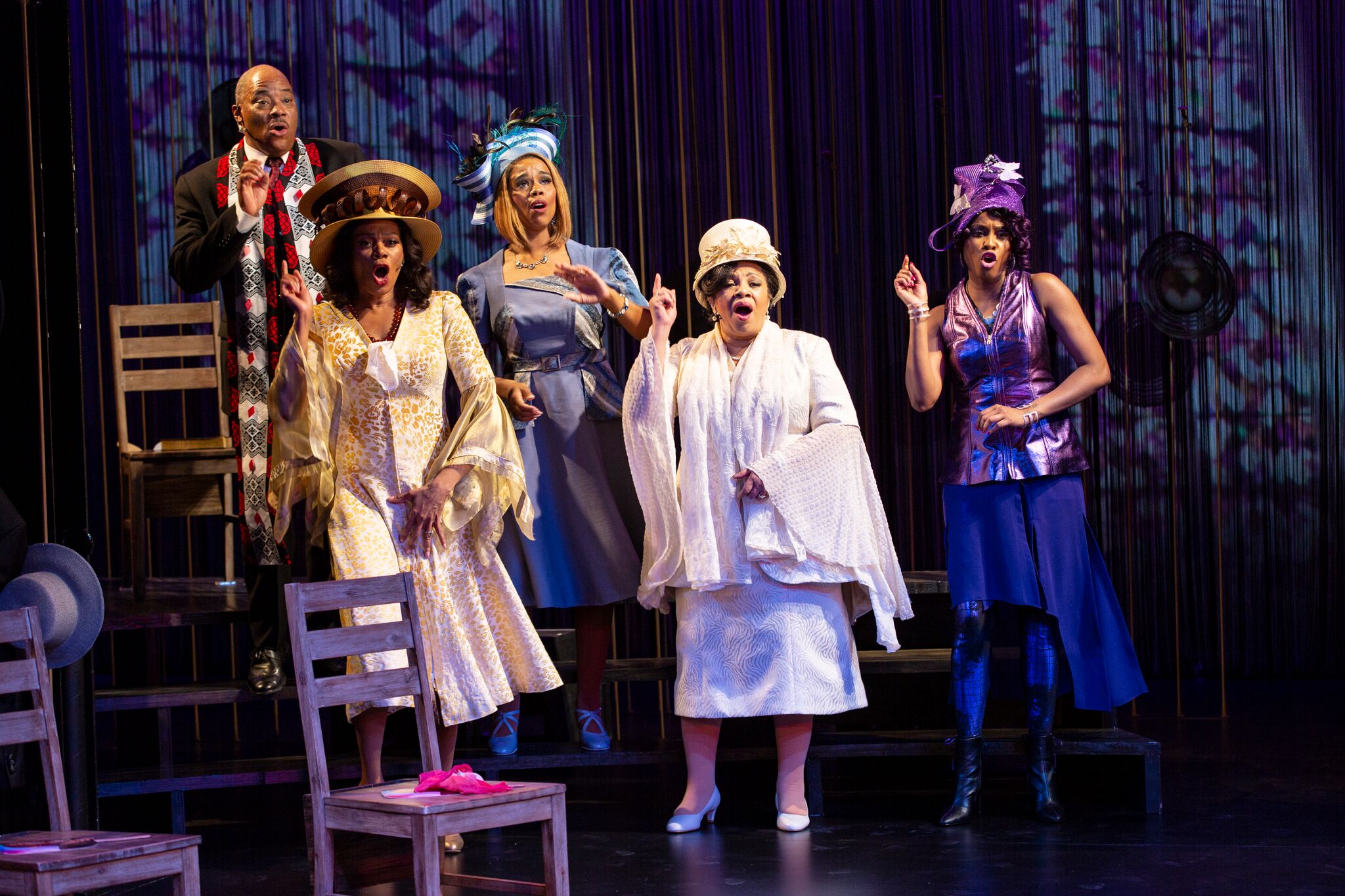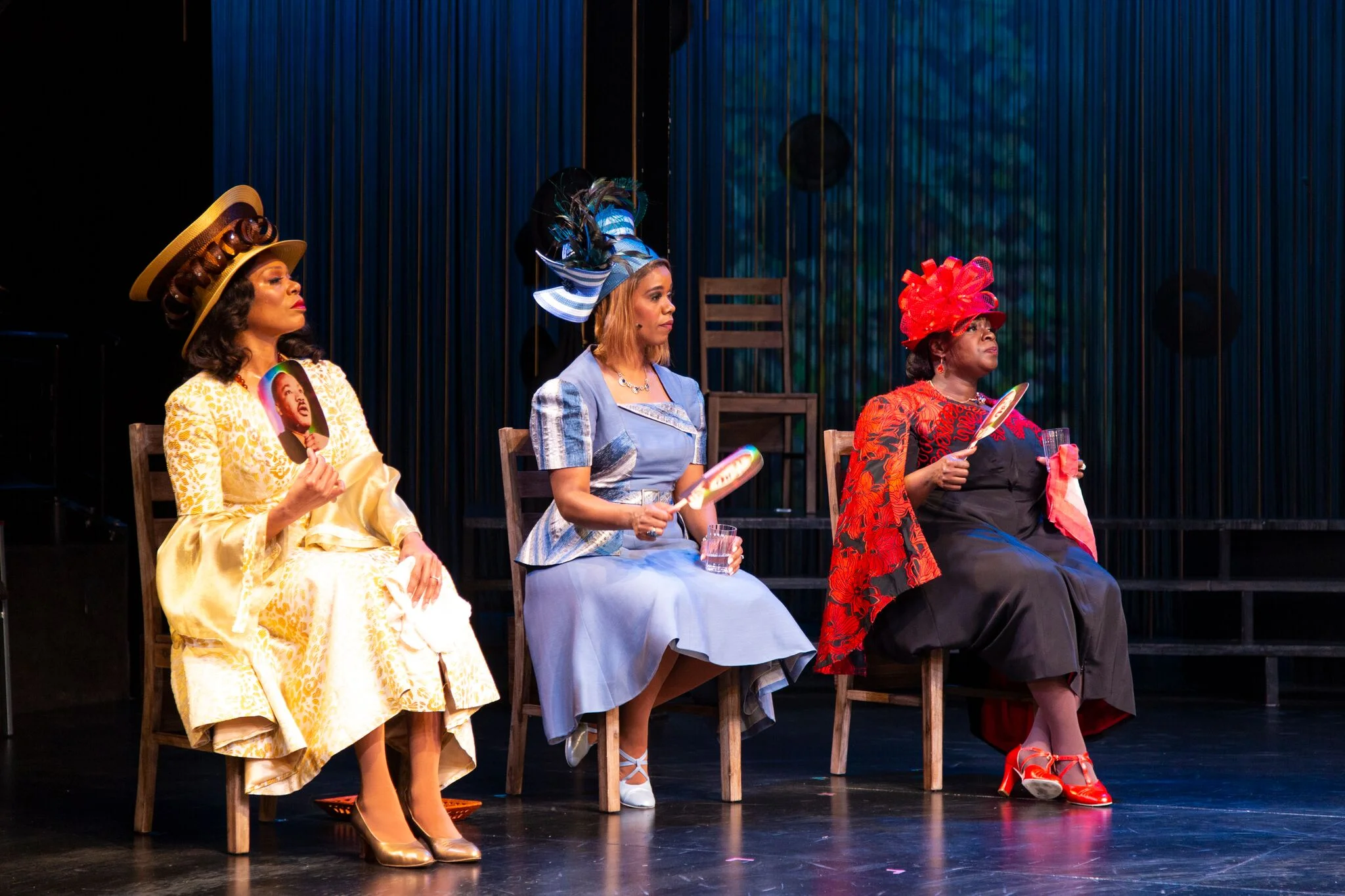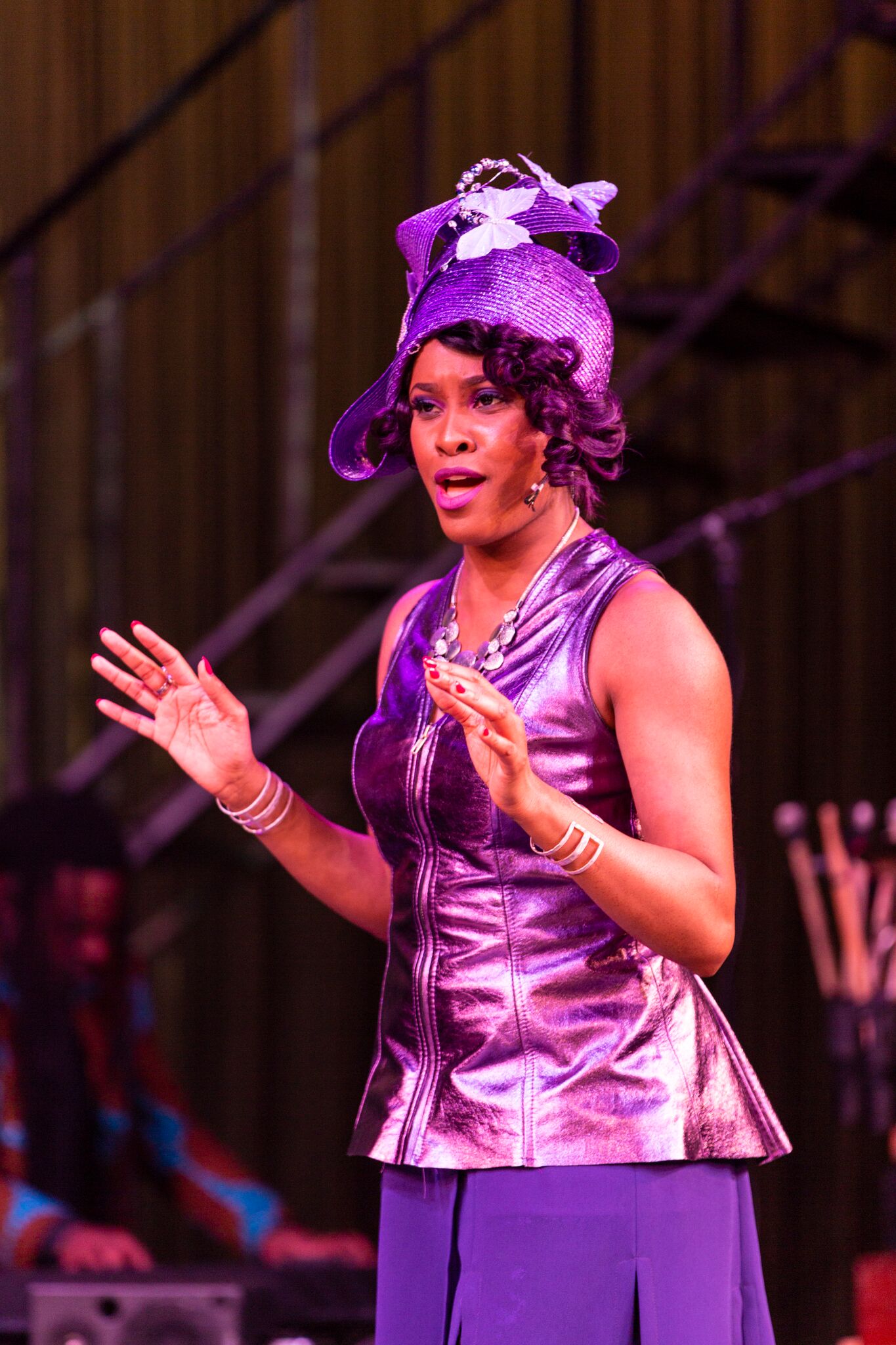Preview of Rodents of Unusual Size, film screening at Real Art Ways, Hartford
Yo, dude. Got an urge to hunt and kill in large numbers? Then grab your arms and your ammo and get down to the Louisiana bayou where the scourge known locally as “nutria,” from the Spanish for “otter,” but more formally, myocastor coypus, and sometimes “coypu,” is eating its way through any and all vegetation that might give the coastal swampland a chance for survival. These “rodents of unusual size,” as the surprisingly amusing and enheartening documentary by Quinn Costello, Chris Metzler, and Jeff Springer calls them (with a nod to The Princess Bride), can weigh as much as 20 lbs. and are generally 24 inches long, with a tail of a foot or more. They breed like rabbits and they are never dormant. As one spokesman for the local taskforce assigned with exterminating the critters puts it, “they are an invasive species that needs to be deleted.”
How did they get there? Do they have any advocates? Can they be acculturated? What’s the price on nutria tails? How long does it take to skin one? What do they taste like? All these questions and more are answered in this gritty documentary that—like the local Cajuns, we’re told—is not afraid to get its hands dirty.
The documentary, from Tilapia films, followed by Q & A with Jeff Springer on opening night, will be featured at Real Art Ways, Hartford, from October 5th to 11th.
Thomas Gonzales walks the decimated wetlands of southern Louisiana. (Still photos courtesy of Tilapia Film)
In a nifty animated sequence, the film gives background on the phenomena. Apparently the same family that brought you Tabasco sauce, decided, during the Depression, that these “swamp rats,” imported from Argentina, could sustain a poor-man’s fur industry. With muskrats more scarce and too dear, nutria pelts did become a thing and Louisiana was in the forefront of our national fur industry for decades. But—as the locals tell it—when, in the 1980s and 1990s, animal activists came down on the fur industry, many trappers found their yields much less lucrative and decamped to other resources. And that left the prolific nutria without a predator.
As the film opens, the nutria are fair game and we see the work of local hunters who get $5 per tail through the “bounty incentive.” The tail is the proof of a kill; the Coastwide Nutria Control Program (in place since 2002) doesn’t want the animal carcass. And that leaves the question of whether or not there’s a market for other aspects of nutria.
Thomas Gonzales defending Delacroix Island, Louisiana, from the invasion of nutria.
Through the film, we mostly follow the fortunes of Thomas Gonzales, descendant of the original Spanish-speaking peoples who settled on Delcroix Island, a shrinking landmass way down the bayou. He’s been working the waterways since age 13—crabbing, fishing, trapping, hunting alligators and nutria. Now, more than half-a-century later, he has survived major hurricanes, though his house and property haven’t. He, with his wife and son, are our main guides to the world the nutria has invaded, already a perilous environment. As his wife says, the water is your livelihood, but it’s also your enemy.
Musician Kermit Ruffins frequently BBQs nutria before his shows.
Folk wisdom is on warm display in this film about people who have been formed by an environment and whose fierce identification with the land and water of the place gives them each a unique character. We also meet jazz musician Kermit Ruffins who tells us “cooking is improvisation, just like jazz,” as he tries to make nutria meat palatable to his community at block parties outside a club. The advocates of nutria-based cuisine say it’s “like” rabbit or maybe dark turkey meat, is very lean and, because nutria are vegetarians, very clean. Award-winning chef Susan Spicer says she does what she can to make the meat a treat, likening it to zucchini in its versatility. She also points out, sensibly, that people object to eating rabbit because bunnies are too cute. “No one will ever say that about nutria.” Indeed, most people can’t abide the notion of eating rodent, no matter how cheap its meat.
Then there are those who are trying to bring back the fur industry’s use of nutria. Calling her company Righteous Furs, designer Cree McCree thinks that the opprobrium placed on fur will be lifted when people realize that killing nutria is necessary for conservation, and that harvesting only the tails is a waste of very fine fur. We also meet Tab Pitre, whose family worked in the fur trade when it was an industry in Louisiana and, as a fur dealer, he is one of a dying breed. He knows that the harvesting of pelts won’t happen unless there’s a monetary incentive. Otherwise, the carcasses are left to rot in the marsh.
Cree McCree designs new fashion for Righeous Fur, her organization that is promoting nutria fur as a stylish way to save the wetlands.
There’s lots more—like an interesting discussion of how nutria tear up golf courses in the area, and the way that trappers must negotiate the sensitivities of “the rich folk” who consider exterminating the creatures shameful. There are some who have domesticated nutria—mostly, it seems, for the oddity of it—and others who seem quite willing to adopt the furry critters, with their prominent orange, beaver-like teeth, as mascots and local fauna. As one person says, the nutria have been in the bayou long enough to become honorary Cajuns.
The film saves the most fitting tribute to the last, as Thomas Gonzales admits that, when other forms of sustenance are scarce, you can always count on harvesting nutria. The nutria has been “a good friend” and fellow survivor in this unique environment. “I’m not going anywhere, and neither are they.”
Filmmakers Quinn Costello, Chris Metzler, Jeff Springer
Quinn Costello, Chris Metzler, and Jeff Springer specialize in interesting subcultural documentaries. Rodents of Unusual Size, like Plagues & Pleasures on the Salton Sea, their study of the Salton Sea area of California, a vast salt-flat where once were resorts, and the oddballs who still make it their home, captures the unique feel of a place and its people. Everyday Sunshine, their documentary of the fortunes of the band Fishbone and its fans is celebrated for its grasp of the many facets of show-business life. Rodents of Unusual Size has won documentary awards in a variety of festival venues from Nevada to Alabama, from Mississippi to California. The film’s pacing is exemplary, giving us just enough of each perspective on the nutria situation, and finding lots of quotable moments. My favorite was from a prayer written especially for the bayou community: “Spare us from the tragedies to come.” Amen.
Rodents of Unusual Size
From Tilapia Film
Chris Metzler, co-director, producer
Jeff Springer, co-director, cinematographer
Quinn Costello, co-director, editor
Wendell Pierce, narrator
Music by the Lost Bayou Ramblers
Real Art Ways Cinema
56 Arbor Street
Hartford, CT
October 5-11, 2018





